Rarely seen masterpieces from Europe's greatest dynasty on view in Minneapolis
Pompeo Batoni, Emperor Joseph II (1741-1790) with Grand Duke Pietro Leopoldo of Tuscany (1747-1792), 1769, Kunsthistorisches Museum, Vienna.
MINNEAPOLIS, MN.- A major exhibition of masterworks amassed by one of the longest-reigning European dynasties opened in February at the Minneapolis Institute of Arts. “The Habsburgs: Rarely Seen Masterpieces from Europe’s Greatest Dynasty” showcases masterpieces and rare objects from the collection of the Habsburg Dynasty—the emperors of the Holy Roman Empire and other powerful rulers who commissioned extraordinary artworks now in the collection of the Kunsthistorisches Museum in Vienna. The exhibition, largely composed of works that have never traveled outside of Austria, is on view February 15 to May 10, 2015 at the Minneapolis Institute of Arts (MIA) and will then travel to the Museum of Fine Arts, Houston (MFAH), and the High Museum of Art, Atlanta.
“The Habsburgs: Rarely Seen Masterpieces from Europe’s Greatest Dynasty” explores the dramatic rise and fall of the Habsburgs’ global empire, from their political ascendance in the late Middle Ages to the height of their power in the 16th and 17th centuries, the expansion of the dynasty in the 18th and 19th centuries to its decline in 1918 at the end of World War I. The 93 artworks and artifacts that tell the story include arms and armor, sculpture, Greek and Roman antiquities, court costumes, carriages, decorative art objects, and paintings by such masters as Correggio, Giorgione, Rubens, Tintoretto, Titian, and Velázquez.
Key masterpieces that have never before traveled to the United States include:
Michelangelo Merisi, called Caravaggio,The Crowning with Thorns, ca. 1602/1604, from the Kunsthistorisches Museum, Vienna.
Hans Holbein, Jane Seymour, ca. 1536/37, Kunsthistorisches Museum, Vienna.
Antonio Allegri, called Correggio, Jupiter and Io, ca. 1530, Kunsthistorisches Museum, Vienna.
“The Habsburgs is an unprecedented presentation and wide-ranging survey of the Habsburg Dynasty, a true visual feast,” said Kaywin Feldman, the Duncan and Nivan MacMillan director and president of the MIA and hosting curator. “By bringing together the Habsburgs’ paintings, decorative arts, costumes, and armor, we can give our visitors a rich, tangible, and fascinating sense of the lives and legacies of these important European rulers who shaped world history.”
“We’re delighted to share our Museum´s unique wonders with our American friends,” added Sabine Haag, general director of Kunsthistorisches Museum Wien. “The exhibition will show the extraordinary scope of the Habsburgs’ collections, including masterpieces of Roman antiquity, medieval armory, early modern painting and craftwork, as well as gorgeous carriages and clothing. We hope this will inspire visitors to make the trip to Vienna to see the collection in person and to discover even more of our treasure.”
The exhibition chronicles the Habsburgs’ story in three distinct chapters, each featuring a three-dimensional “tableau”—a display of objects from the Habsburgs’ opulent court ceremonies—as context for the other works on view.
DAWN OF THE DYNASTY
The first section features objects commissioned or collected by the Habsburgs from the 13th through the 16th centuries. In this late medieval/Renaissance period, Habsburg rulers staged elaborate commemorative celebrations to demonstrate power and to establish their legitimacy to rule, a tradition that flourished during the reigns of Maximilian I and his heirs. Works from this era—including sabers and armor, tapestries, Roman cameos and large-scale paintings—illustrate the significance of war and patronage in expanding Habsburg influence and prestige.
Tableau: Suits of armor displayed on horseback, and jousting weapons from an imperial tournament.
Highlights include:
Lorenz Helmschmid (ca. 1445-1516), Composed Armor for Emperor Maximilian I (1459-1519), Augsburg, 1492. Iron, brass, leather. Kunsthistorisches Museum Wien.
Leone Leoni (c. 1509–1590), 'Emperor Charles V', c. 1555, Milan. Bronze. Kunsthistorisches Museum Wien.
A rock crystal goblet made for Emperor Frederick III (1400-1450)
GOLDEN AGE
The second, and largest section of the exhibition highlights the apex of Habsburg rule, the Baroque Age of the 17th and 18th centuries. The dynasty used religion, works of art, and court festivities to propagate its self-image and claim to rule during this politically tumultuous time. Paintings by Europe’s leading artists demonstrate the wealth and taste of the Habsburg rulers, while crucifixes wrought in precious metals and gems, as well as sumptuous ecclesiastical vestments, reflect the emperor’s role as defender of the Catholic faith.
Highlights include:
Hans Jakob I. Bachmann, Ivory Tankard with Lid, 1642, Kunsthistorisches Museum, Vienna.
Diego Rodríguez de Silva y Velázquez, Infanta Maria Teresa, ca. 1652/53, Kunsthistorisches Museum, Vienna.
Johann Permann, Alchemical Medallion, 1677, Kunsthistorisches Museum, Vienna.
TWILIGHT OF THE EMPIRE
The exhibition concludes with works from the early 19th century, when the fall of the Holy Roman Empire gave rise to the hereditary Austrian Empire—a transition from the ancien régime to a modern state in which merit determined distinction and advancement. Franz Joseph, who would reign longer than any previous Habsburg, saw the growth of nationalism and ultimately ruled over a dual monarchy of Austria-Hungary. As heir to the Habsburg legacy—and in the spirit of public education and enrichment—he founded the Kunsthistorisches Museum in 1891. Reflecting the modernization of the Habsburg administration, the exhibition ends with a spectacular display of court uniforms and dresses.
Tableau: Uniforms and women’s gowns from the court of Franz Joseph
Highlights include:
• Campaign uniform of Franz Joseph (1907)
• A velvet dress made for Empress Elisabeth (c. 1860/65)
• An evening gown made for Princess Kinsky (c. 1905)
• Ceremonial dress of Crown Prince Otto for the Hungarian Coronation (1916)
The exhibition is curated by Dr. Monica Kurzel-Runtscheiner, director of the Imperial Carriage Museum, Vienna. The hosting curator at the Minneapolis Institute of Arts is Kaywin Feldman, director. The exhibition is organized by the Minneapolis Institute of Arts; the Museum of Fine Arts, Houston; the High Museum of Art, Atlanta; and the Kunsthistorisches Museum, Vienna. The exhibition is on view in Minneapolis February 15–May 10, 2015; Houston June 14–September 13, 2015; and Atlanta October 18, 2015–January 17, 2016.
Antonio Susini, After: Giovanni Bologna, 'Deianira Abducted by the Centaur Nessus', 4th quarter of the 16th century, Kunsthistorisches Museum, Vienna.
Jan Thomas, Margarita Teresa & Emperor Leopold I - framed, Kunsthistorisches Museum, Vienna.
Jacopo Robusti, called Tintoretto, 'Susanna and the Elders', ca. 1555/56, Kunsthistorisches Museum, Vienna.
Bernardo Bellotto, called Canaletto, 'The Imperial Summer Residence of Schönbrunn, Courtyard Side', ca. 1759/61, Kunsthistorisches Museum, Vienna.
Giuseppe Arcimboldo, 'Fire', 1566, Kunsthistorisches Museum, Vienna.
Peter Paul Rubens, 'Lamentation of Christ', 1614, Kunsthistorisches Museum, Vienna.
Giorgio da Castelfranco, called Giorgione, 'Three Philosophers', ca. 1508/1509, Kunsthistorisches Museum, Vienna.
Tiziano Vecellio, called Titian, 'Danaë', ca. 1554, Kunsthistorisches Museum, Vienna.
Titian, 'Isabella d’Este, Margravine of Mantua', c. 1534-1536. Oil On Canvas, 40 3/8 x 25 1/2 in., 102 x 64 cm. Kunsthistorisches Museum, Vienna, Austria. XAM58897.
After Bernhard Strigel, 'Maximilian I. (1459-1519), Half-Length Portrait', c.1500. Oil On Panel, 33 1/2 x 20 11/16 in., 60.5 x 41 cm. Kunsthistorisches Museum, Vienna, Austria. XAM68901
Guido Cagnacci, The Death of Cleopatra, 1661-1662. Oil On Canvas, 60 1/4 x 66 1/2 in. Kunsthistorisches Museum, Vienna, Austria, XOT359124.

/https%3A%2F%2Fprofilepics.canalblog.com%2Fprofilepics%2F1%2F0%2F100183.jpg)
/https%3A%2F%2Fstorage.canalblog.com%2F03%2F02%2F119589%2F96711876_o.jpg)
/https%3A%2F%2Fstorage.canalblog.com%2F11%2F31%2F119589%2F94773502_o.jpg)
/https%3A%2F%2Fstorage.canalblog.com%2F20%2F83%2F119589%2F94772815_o.jpg)
/https%3A%2F%2Fstorage.canalblog.com%2F26%2F72%2F119589%2F75604929_o.jpg)
/https%3A%2F%2Fstorage.canalblog.com%2F59%2F60%2F119589%2F26458628_o.jpg)
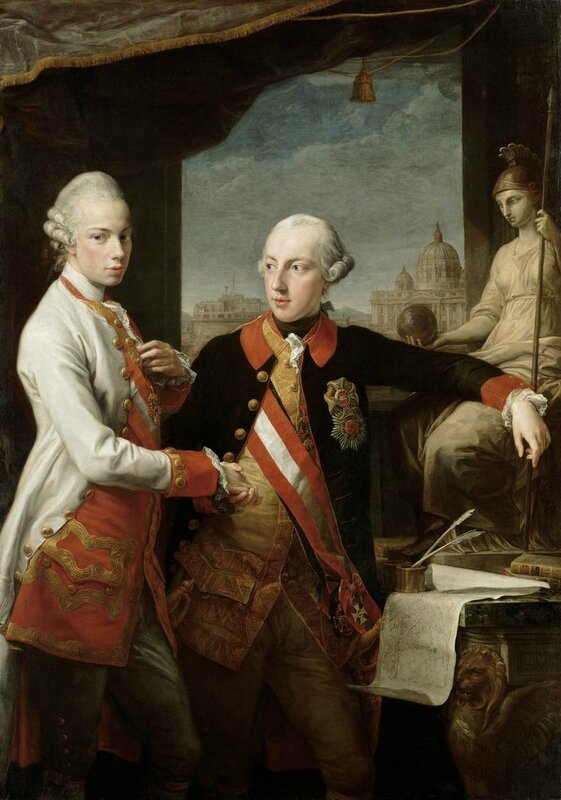


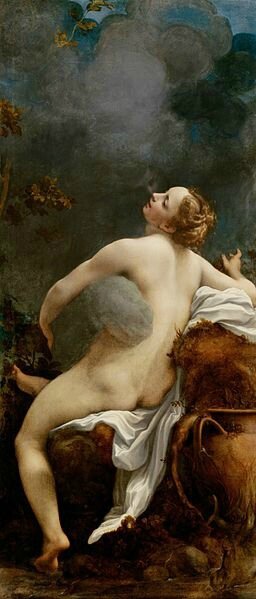
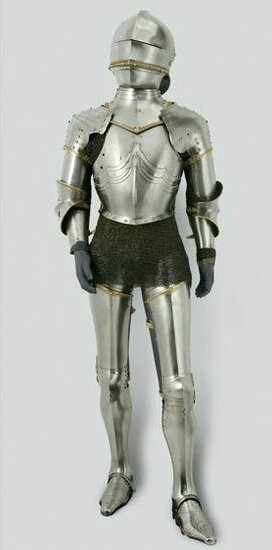

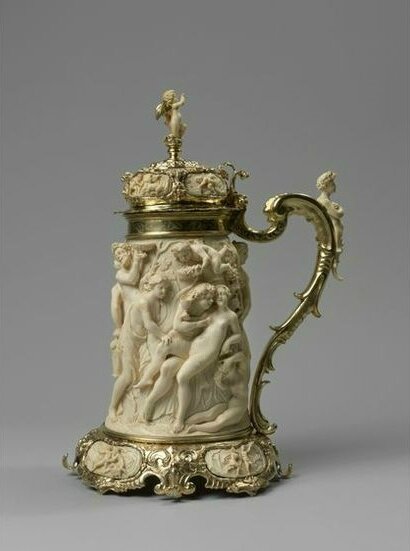









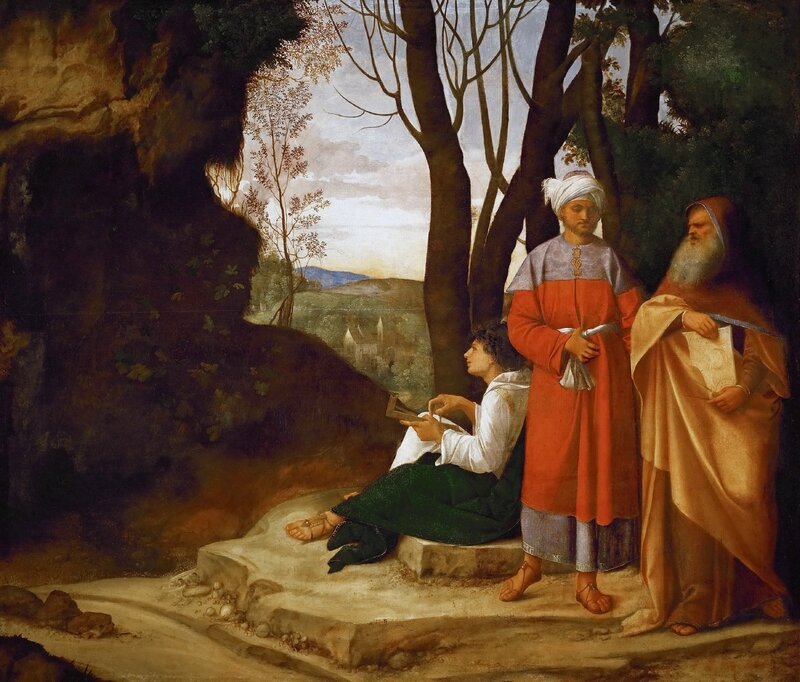
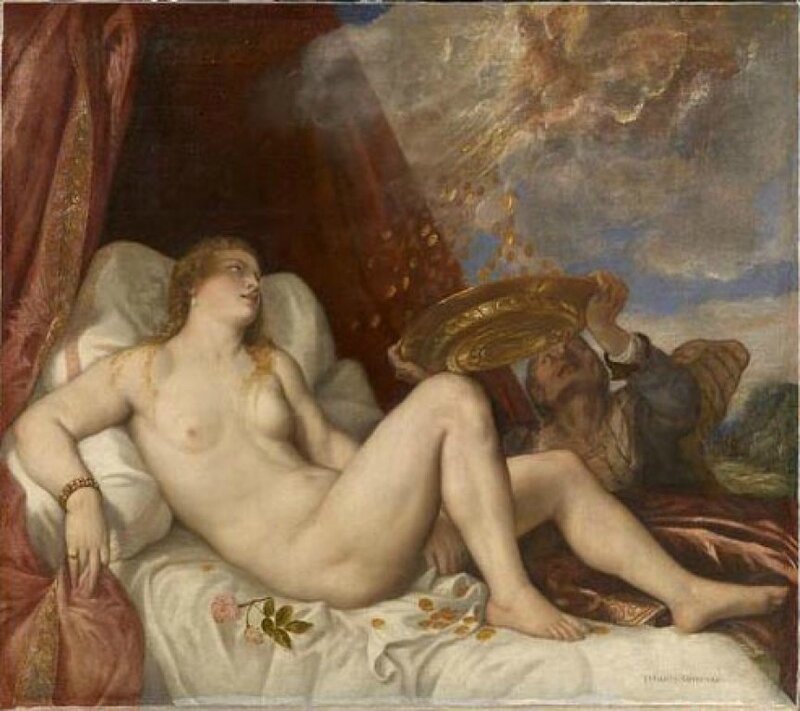





/http%3A%2F%2Fstorage.canalblog.com%2F68%2F37%2F119589%2F128313729_o.jpg)
/http%3A%2F%2Fstorage.canalblog.com%2F15%2F78%2F119589%2F127923120_o.jpg)
/http%3A%2F%2Fstorage.canalblog.com%2F60%2F42%2F119589%2F122236959_o.jpeg)
/http%3A%2F%2Fstorage.canalblog.com%2F90%2F14%2F119589%2F117943406_o.jpg)